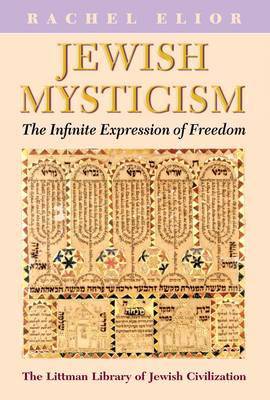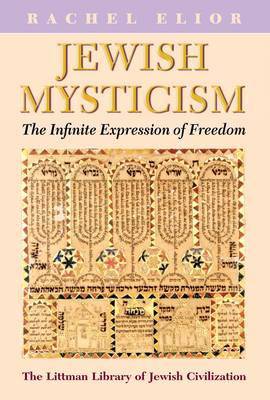
- Retrait gratuit dans votre magasin Club
- 7.000.000 titres dans notre catalogue
- Payer en toute sécurité
- Toujours un magasin près de chez vous
- Retrait gratuit dans votre magasin Club
- 7.000.0000 titres dans notre catalogue
- Payer en toute sécurité
- Toujours un magasin près de chez vous
Description
Mysticism, which transcends the boundaries of time and space and refers to a reality not grasped by means of ordinary human cognition, is one of the central sources of inspiration of religious thought. It is an attempt to decode the mystery of divine existence by penetrating to the depths of consciousness through language, memory, myth, and symbolism. Delving deep into the psyche, mystics strive to redeem perceived reality from its immediate meaning.
Mystical texts constitute a history of this religious creativity, of man's attempt to reveal the divine structure underlying the chaos of reality and thereby endow life with hope and purpose. By offering an alternative perspective on the world that gives expression to yearnings for freedom and change, mysticism engenders new modes of authority and leadership; as such it plays a decisive role in moulding religious and social history. For all these reasons, the mystical corpus deserves study and discussion in the framework of cultural criticism and research.
This study is a lyrical exposition of the Jewish mystical phenomenon. It is based on a close reading of the hundreds of volumes written by Jewish mystics and incorporates mystical testimonies drawn from the different countries and cultural environments in which Jews have lived. Rachel Elior's purpose is to present, as accurately as possible, the meanings of the mystical works as they were perceived by their creators and readers. At the same time, she contextualizes them within the boundaries of the religion, culture, language, and spiritual and historical circumstances in which the destiny of the Jewish people has evolved.
The author succeeds in drawing the reader into a mystical world. With great intensity, she conveys the richness of the mystical experience in discovering the infinity of meaning embedded in the sacred text; teasing out the recurring themes, she explains the multivalent symbols. Using copious extracts from Jewish mystical sources, she illustrates the varieties of the mystical experience from antiquity to the twentieth century. She succeeds in eloquently conveying how mystics try to decipher reality by penetrating beyond its apparent boundaries: how they experience spiritual powers symbolically, imaginatively, or visually; how hidden truths are revealed in visions or dreams, in an epiphany or as 'lightning'; how they are 'engraved' in the mind or illuminate in the soul. Most of the texts she draws on are written in very obscure language, but the skilful translations communicate the mystical experiences vividly and make it easy for the reader to understand how Elior uses them to explain the relationship between the revealed world and the hidden world and between the mystical world and the traditional religious world, with all the social and religious tensions this has caused.
Spécifications
Parties prenantes
- Auteur(s) :
- Editeur:
Contenu
- Nombre de pages :
- 208
- Collection :
Caractéristiques
- EAN:
- 9781906764043
- Date de parution :
- 03-12-09
- Format:
- Livre broché
- Format numérique:
- Trade paperback (VS)
- Dimensions :
- 157 mm x 231 mm
- Poids :
- 362 g

Les avis
Nous publions uniquement les avis qui respectent les conditions requises. Consultez nos conditions pour les avis.






